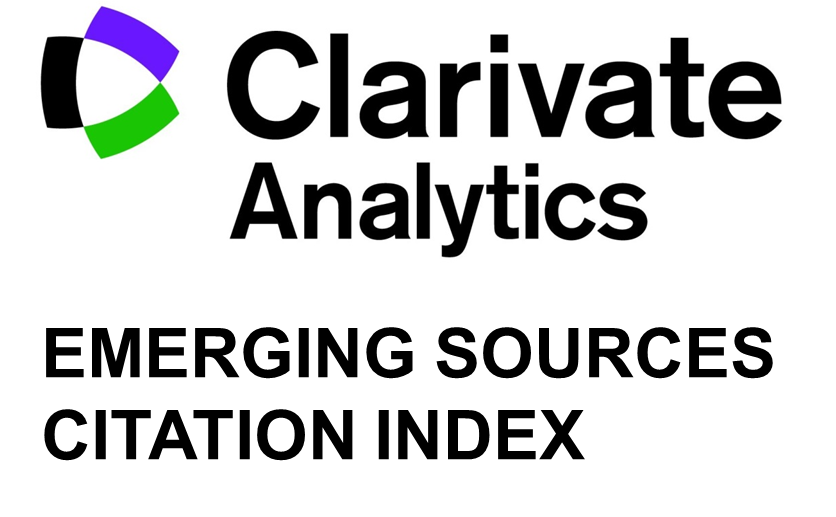Internal Training of Personnel in Russia and Belarus: The Content and Effectiveness
Keywords:
Human capital, Internal training of personnelAbstract
The report presents the results of internal training analysis, conducted in 2015 and based on materials of the survey of executives and employees of industrial enterprises in Russian Federation and the Republic of Belarus. The main results of the study:
1. The characteristics of the internal training organization on the contents of the formed skills and the degree of their specificity for different groups of employees were obtained. In both countries the training programs are primarily focused on the formation of professional skills. Much less attention is paid to development of cognitive and social competencies, which are relevant for executives and specialists. Most of the formed skills are universal. The degree of specificity of skills is maximum for workers and minimal for executives, while the prevalence of specific programs in Belarus is generally higher.
2. The motives for participation of personnel in internal training were identified. The main motives of Russian workers are increase of competitiveness and development, while Belarusian workers are more focused on continued employment. Continued employment is more typical for employees receiving specific training. The prevalence of the motive of increasing the competitiveness in the labor market increases considerably with the growth of universality of the obtained competences.
3. The effectiveness of internal training through the use of subjective evaluations of employees and employers was evaluated. The efficiency of competences formation depends on the size of the organization, its stage of life cycle, focusing on the achievement of strategic goals in the learning process and the decision makers about the employee training.
4. Belarusian employers more often note the non-obvious effect of training and dismissal of the trained employees as a risk of investments in human capital.
Downloads
Published
Issue
Section
License
Copyright (c) 2017 Tatiana Stuken, Olga Burtseva

This work is licensed under a Creative Commons Attribution-NonCommercial 4.0 International License.














